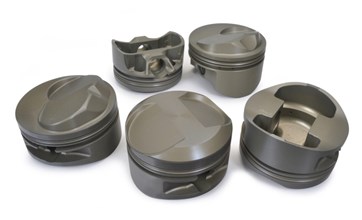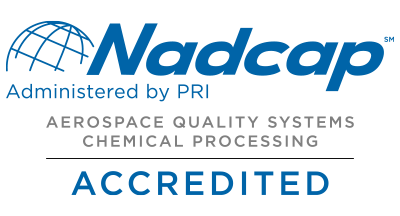Anoplate’s AnoLube III provides manufacturers with the low-weight and cost advantages of aluminum, the abrasion resistance of hardcoat anodize and the lubricity of the latest fluoropolymer technology. The fluoropolymer penetrates and is bonded to the surface, so it will never chip, blister or peer from the hard coat anodize.
AnoLube III utilizes proprietary PTFE lubricant, its hydrophobicity rendering the coated part easily cleanable. Under this proprietary process, the specially-formulated fluoropolymer is bonded to the surface resulting in a highly-corrosion resistant ceramic which exhibits dielectric properties superior to that of conventional hard coat anodize. Additionally, the coating retains its non-stick, low coefficient of friction properties afforded it by PTFE. AnoLube III routinely exceeds 500 hours of neutral salt spray in accordance with ASTM B 117 and has a dry-friction coefficient against the steel of 0.16.

SPECIFICATIONS
❖ MIL-A-8625 Type III
❖ MIL-A-63576 Class 1
❖ AMS-2482 Type I
❖ Customer-defined specs
KEY ADVANTAGES
❖ Low coefficient of friction, nonstick PTFE surface
❖ Low wettability = easy clean-ability
❖ Abrasion-resistant, “file hard” ceramic
❖ Chemically-inert fluoropolymer impregnation
❖ Corrosion-resistant anodize
❖ High Dielectric withstanding voltage
❖ Similar to hard coat anodize, coating thickness typically = 0.002” (50 microns)
❖ Hardness is impacted by alloy
APPLICATIONS
❖ Weaponry optics
❖ Automation equipment
❖ Pneumatic cylinders and valve spools
❖ Pump components
❖ Plasma etching equipment
--
Anolube III, Anoplate news, Anoplate events, lubricant coating, industrial coatings, surface engineering, corrosion protection, metal finishing, specialty coatings, aerospace coatings, automotive coatings, tribological coatings, surface treatment, Anoplate updates, advanced coatings.













